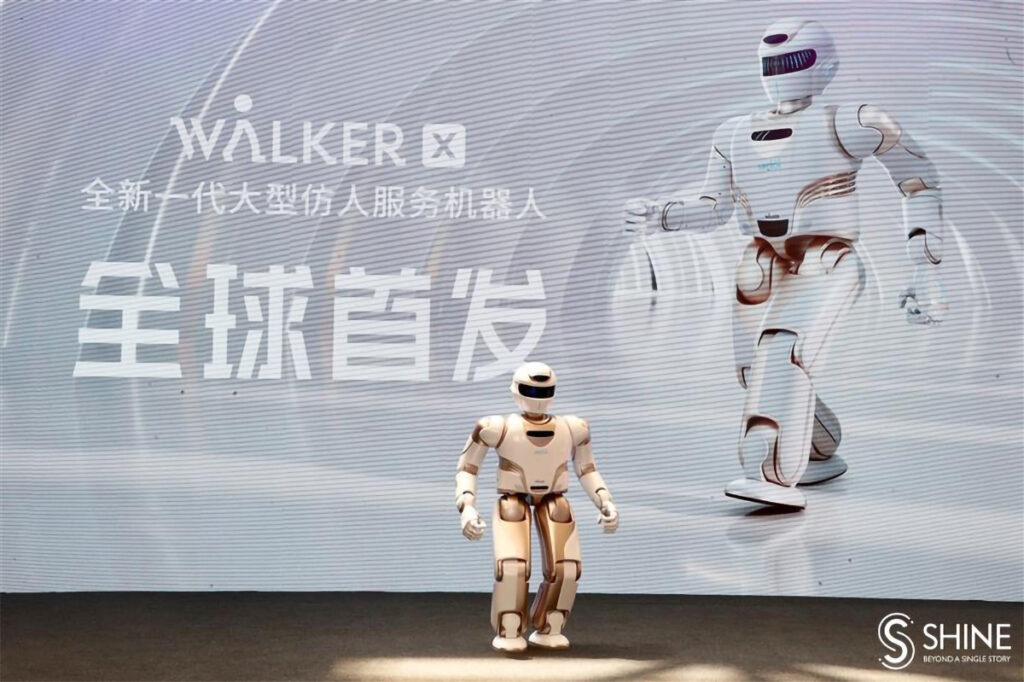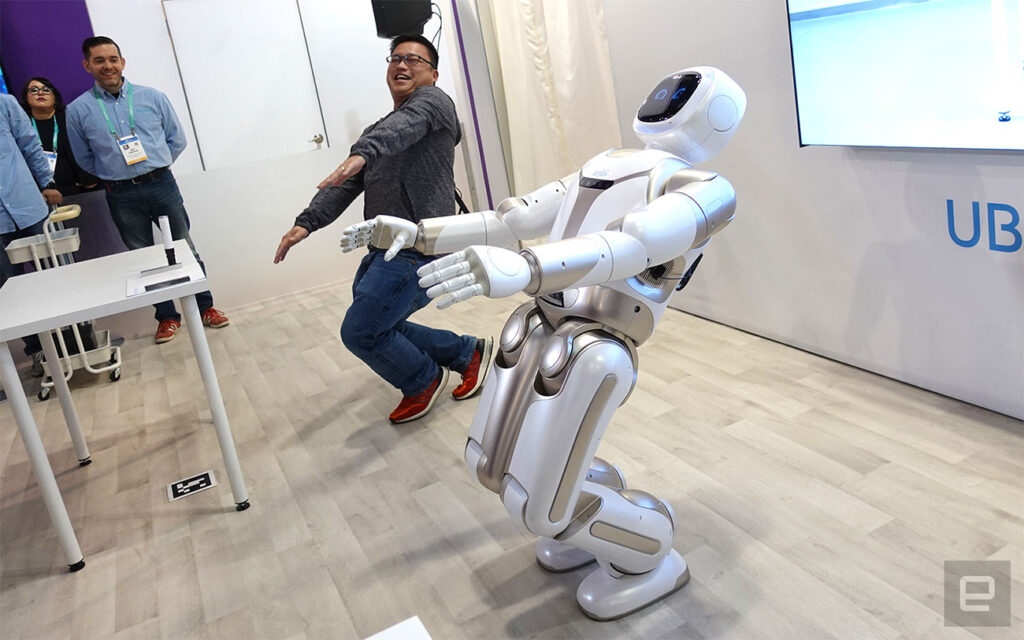New Intelligent Humanoid Service Robot May Soon Grace Your Homes

Robotics technology continues to develop various robots, including humanoid robots for multiple applications. The world has seen several of the more recent robots and humanoid robots that are efficient and highly responsive. Recently, many humanoid robots are making an appearance, showcasing their power, various functions, intelligence, and wit and humor, thanks to artificial intelligence.
Developers of humanoid robots position their creations as devices that will coexist with people in the future. They wish to place their humanoid robots as companions and support systems as people go on with their daily lives. They envision these robots as replacing human specialists who work in jobs or places where conditions are hazardous.
Today’s humanoid robots are life-sized, such as the Agility Robotics’ Digit and Atlas from Boston Dynamics. On the other hand, some are smaller. For example, Pepper, which is a popular semi-humanoid, is a small one.
Another humanoid robot
UBTECH Robotics, an AI and humanoid robotics company in China, recently unveiled its creation, Walker X. It is the latest version of their bipedal humanoid robot. They unveiled their humanoid robot at the 2021 World Artificial Intelligence Conference, held in Shanghai from July 8-10, 2021.
Walker X can interact with people. It avoids obstacles, picks up objects, and is more flexible. The humanoid is likewise energy-efficient and lighter than its predecessors. Walker X’s body is designed to look like the body of a human, with arms and legs. Fourteen high-torque servo motor joints drive its head. It exhibits fine motor skills, and each of its hands has five fingers. The robot can grab objects and squeeze them. Walker C can carry a three-kilo payload on each hand. It can do actions that are difficult for other robots to do, such as opening bottle caps.
Purpose and features of Walker X
The mission of UBTECH is to bring robots to as many homes and businesses as possible. They make their robots more human-like. Personal and intelligent. According to John Rhee, UBTECH Robotics North America’s senior vice president and general manager, Walker X and their other humanoid robots show the latest advancements in their vision. They aim to make robots interact naturally with humans, helping them in their daily lives and ensuring that humans can focus on the things that matter to them.

UBTECH is positioning Walker X to be an intelligent and agile humanoid robot that can be an indispensable family companion and assistant. The robot stands 1.45 meters or 4.75 feet and weighs 77 kilos or 170 pounds. This latest version of Walker is quite advanced, with arms and hands that can do more functions and a refined torso that improved the robot’s balance. It can walk smoothly and stably even when the environment is challenging to navigate. In terms of multi-modal interaction, it has touch, vision, and voice. It has a full range of sensing systems, and 36 high-performance actuators, making it walk faster and smoother. Its maximum speed is 1.8 mph (3 km/h).
Equipped with a gait and planning control system, it can do stable walking on various surfaces, including marble, tile, grass, and carpet, and adjust to different environments, including steps, obstacles, uneven ground, and slopes.
It can adjust its center of gravity automatically to maintain its balance all the time. In a demonstration, Walker X did yoga and exercises. It also has excellent hand-eye coordination. In addition, it can avoid obstacles and determine the most suitable path to use using the company’s Simultaneous Localization and Mapping (U-SLAM).
Moreover, Walker X is equipped with object and face recognition features, aside from having an intelligent home control system to control the most common household fixtures and appliances. Communication between humans and Walker X can be through voice synthesis and speech recognition systems. The screen on the front of its head can imitate the eyes’ expressions. Right now, it can show 28 types of emotions and use light indicators for specific interactions.
With the ever-increasing development and technological innovations, it will not be surprising to see humanoid robots being part of many modern and innovative homes in a few years.